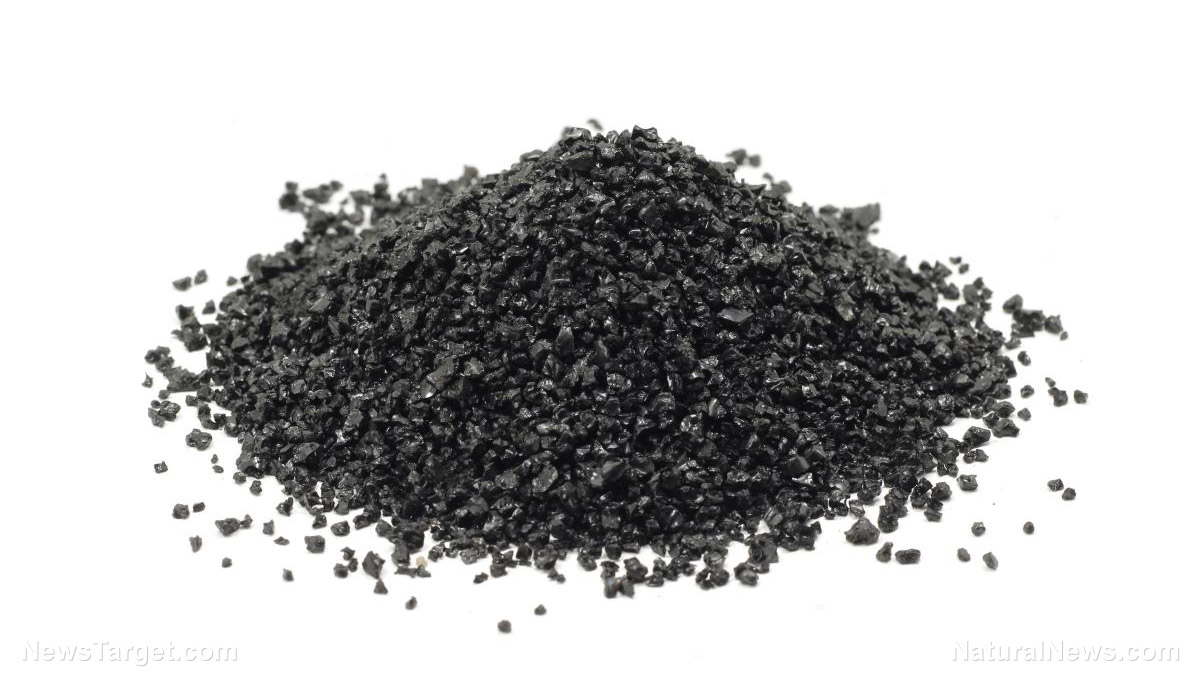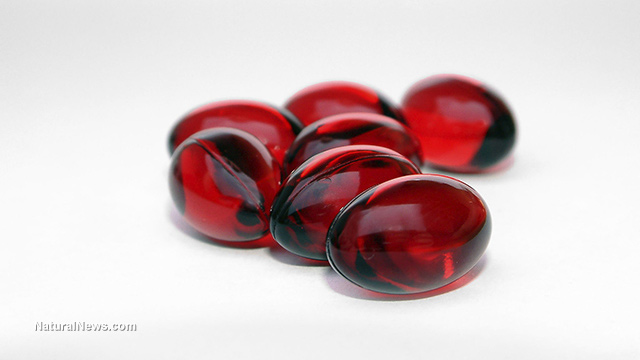Big Pharma wants us to believe that an artificial antioxidant is “better” than natural nutrients
02/13/2019 / By Vicki Batts

Just when you thought Big Pharma couldn’t sink any lower, the announcement of a new, synthetic antioxidant comes along. Now, proponents of the corrupt pharmaceutical industry are trying to convince the masses that their synthetic form of vitamin E is more beneficial to human health than the real thing. Big Pharma is once again trying to pull the wool over the public’s eyes by trying to push the narrative that pharmaceuticals are superior to anything else, whether that be natural plant medicines, herbal remedies or antioxidant nutrients.
Researchers from the University of British Columbia at Okanagan and the University of Bologna say that they’ve discovered an artificial antioxidant nutrient that’s 100 times more powerful than vitamin E — but does that really make it better?
Fake antioxidants fool no one
According to the scientists from UBC Okanagan and UB, a fake antioxidant named “TEMPO” could be the solution to everything from wrinkles to Alzheimer’s disease. The team decided to do a side-by-side comparison of how effective vitamin E and TEMPO were against free radicals. Free radicals are a natural byproduct of human metabolism — but their highly reactive nature can make them damaging to DNA, especially when there’s too many of them.
The researchers say that their studies showed TEMPO was able to convert free radicals into non-harmful substances 100 times faster than vitamin E alone.
To conduct the study, the scientists say they recreated a cellular environment and then treated the cells with either vitamin E or TEMPO. But it would seem that the team forgot one thing: If a person is getting their vitamin E from dietary sources, it is not fighting free radicals alone.
Nutrients work together by nature
Past research has consistently shown that nutrients are best gotten from dietary sources for a reason. While natural forms of nutrients often more bioavailable, “nutrient synergy” is an extremely important benefit that any single-nutrient supplement is going to miss. Nutrient synergy allows two or more nutrients to produce effects they cannot create alone. For example, vitamin C and iron act in synergy to boost absorption. Vitamin E is an antioxidant nutrient that also acts in synergy with other nutrients.
Multiple studies have shown, for example, that vitamin E combines with alpha lipoic acid to produce pronounced effects against free radicals. This combination of nutrients is said to be particularly effective at protecting the brain from oxidative damage — and both nutrients are widely found in food.
The synergistic effects of vitamins E and C are also well-documented. Experts say that the combination of vitamin E and C makes for especially potent antioxidant action. Together, they form a unique defense system that keeps cells healthier.
Comparing a singular vitamin E supplement to a synthetic antioxidant does the very concept of nutrition a huge disservice, especially given what has already been discovered about nutrient synergy. But Big Pharma is known for ignoring the obvious. Beyond the fact that pharmaceuticals can’t begin to touch on the benefits of nutrient synergy, questions about the safety of a synthetic nutrient that works 100 times faster also remain.
As sources note, free radicals are a normal part of human metabolism. While we know they are damaging in large numbers, one might suppose that even the byproducts of the human body probably serve other purposes.
Past research has indicated that free radicals or “reactive oxygen species” are necessary for a number of protective reactions in the body — and that over-consumption of antioxidants can be problematic. Specifically, too much antioxidant activity can lead to a decrease in free radical-dependent anticancer activities in the body.
As usual, the pharmaceutical industry is putting profits before people. You can learn more about real nutrition at Food.news.
Sources for this article include:
Tagged Under: antioxidants, Big Pharma, chemicals, fake antioxidants, nutrient synergy, nutrients, pharmaceuticals, supplements, synthetic chemicals, TEMPO, vitamin C, vitamin E, vitamins



















